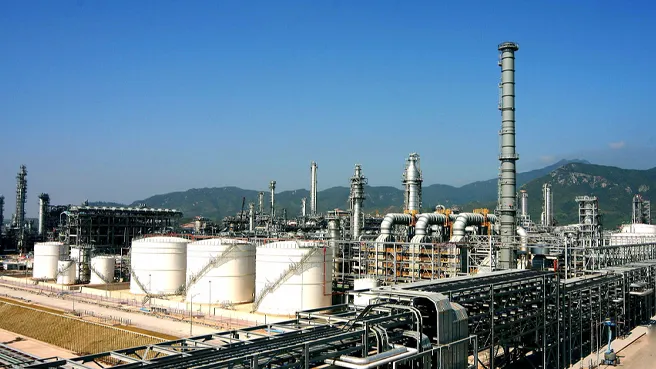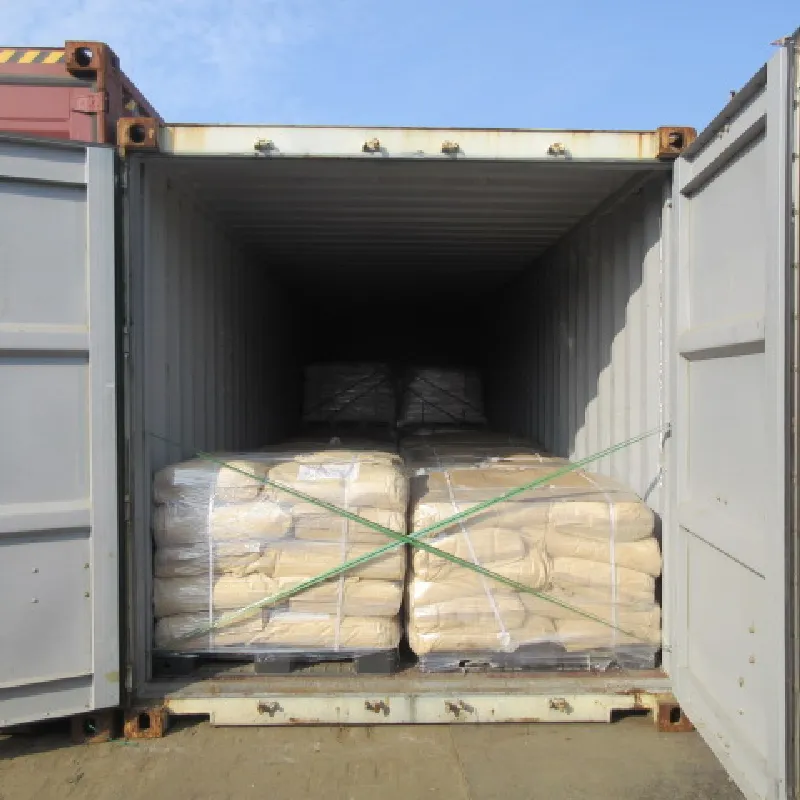
indirect food additives
Understanding Indirect Food Additives Their Role and Regulation
Food additives play a significant role in modern food processing, ensuring that products remain safe, attractive, and palatable throughout their shelf life. While many people are familiar with direct food additives—those intentionally added to food products—indirect food additives often escape public attention despite being equally important. This article seeks to clarify what indirect food additives are, their functions, and their regulatory frameworks.
Indirect food additives are substances that may unintentionally migrate into food from the packaging, processing equipment, or utensils used during the food's preparation and storage. Unlike direct food additives, which are added to enhance flavor, safety, or appearance, indirect additives are not intentionally included in the food product itself. However, they can still affect the quality, safety, and shelf life of food products.
One prevalent category of indirect food additives is those from packaging materials. Various materials such as plastics, metals, and coatings used in food packaging can leach compounds into the food. For instance, certain plastics contain additives like bisphenol A (BPA), which can migrate into food stored in polycarbonate containers. Research has raised concerns about BPA's potential health impacts, leading to increasing regulation and consumer demand for BPA-free packaging options.
Another area of concern involves processing aids. These substances are used during food manufacturing but are not present in the final product. Examples include lubricants used on equipment, substances that facilitate separation during food processing, and cleaning agents. Although these aids are typically used in small amounts, traces can remain in food products if not carefully managed.
indirect food additives

The safety and regulation of indirect food additives are overseen by governmental agencies, such as the U.S. Food and Drug Administration (FDA) and the European Food Safety Authority (EFSA). These organizations evaluate the safety of materials and chemicals that can migrate into food, establishing limits for their use to protect consumer health. Manufacturers are required to adhere to strict guidelines, ensuring that any indirect additives do not pose a risk to health when consumed in typical amounts.
To ensure consumer safety, regulations often mandate comprehensive testing and documentation of potential migration levels from packaging. Companies must conduct migration studies to understand how much of an additive might leach into food under various conditions, including temperature, time, and food composition. This scientific approach helps determine safe thresholds and informs labeling practices.
Consumer awareness and demand for transparency have prompted many food companies to re-evaluate their packaging and processing methods. As more research surfaces about the potential risks of certain materials, companies are increasingly opting for safer, alternative materials that minimize the risk of migration. Biodegradable and plant-based packaging, for example, are gaining traction as consumers seek healthier and more sustainable options.
In conclusion, indirect food additives play a crucial yet often overlooked role in the food supply chain. They can stem from packaging, processing aids, and utensils, with the potential to impact the safety and integrity of food products. Regulation is essential to ensure that these additives do not compromise consumer health, and increased transparency in food production practices has led to a shift toward safer materials. As consumers become more informed, they are poised to influence market trends, encouraging the industry to prioritize safety and sustainability in food additives and packaging.
-
Understanding Synthetic Rubber OptionsNewsApr.27,2025
-
Trichloroisocyanuric Acid: Essential for Clean and Safe WaterNewsApr.27,2025
-
Sodium Dichloroisocyanurate: Key to Safe Water TreatmentNewsApr.27,2025
-
Sodium Acid Pyrophosphate: Essential in Modern Food ProcessingNewsApr.27,2025
-
Essential Water Treatment ChemicalsNewsApr.27,2025
-
Denatured Alcohol and Its Industrial UsesNewsApr.27,2025
-
The Versatile Uses of Sodium BicarbonateNewsApr.24,2025
Hebei Tenger Chemical Technology Co., Ltd. focuses on the chemical industry and is committed to the export service of chemical raw materials.
-

view more DiethanolisopropanolamineIn the ever-growing field of chemical solutions, diethanolisopropanolamine (DEIPA) stands out as a versatile and important compound. Due to its unique chemical structure and properties, DEIPA is of interest to various industries including construction, personal care, and agriculture. -

view more TriisopropanolamineTriisopropanolamine (TIPA) alkanol amine substance, is a kind of alcohol amine compound with amino and alcohol hydroxyl, and because of its molecules contains both amino and hydroxyl. -

view more Tetramethyl Thiuram DisulfideTetramethyl thiuram disulfide, also known as TMTD, is a white to light-yellow powder with a distinct sulfur-like odor. It is soluble in organic solvents such as benzene, acetone, and ethyl acetate, making it highly versatile for use in different formulations. TMTD is known for its excellent vulcanization acceleration properties, which makes it a key ingredient in the production of rubber products. Additionally, it acts as an effective fungicide and bactericide, making it valuable in agricultural applications. Its high purity and stability ensure consistent performance, making it a preferred choice for manufacturers across various industries.











